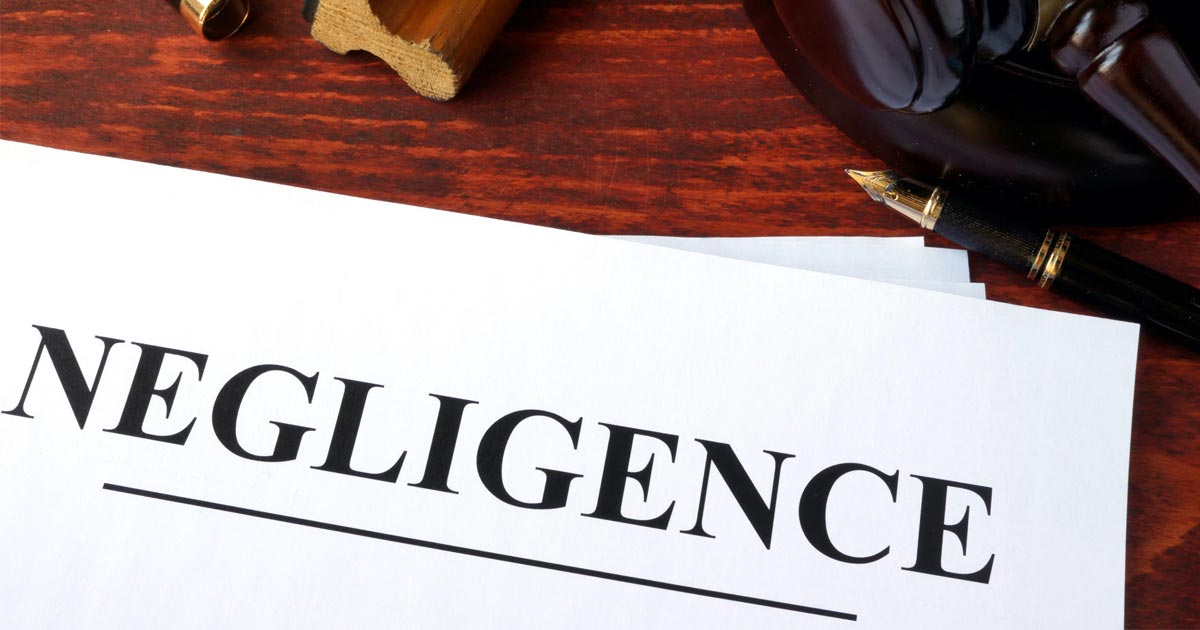Negligence Law: What You Need to Know for Safety

Facing personal injury or negligence claims can be complex, complicated and confusing. Being found guilty could result in paying out large sums of money as damages and your business could have its brand damaged by the exposure it attracts through media. Besides, there is a lot that goes into a negligence case.
According to Forbes, it takes an average of eleven months from filing to settlement. It is vital to know how one can safeguard themselves just in case such claims are made against them. Here’s a basic guide.
Understanding Negligence Claims
A plaintiff must show that the defendant did not meet the standard of care expected for a reasonable person. The following must be proved to win the claim:
- They had a duty of care towards you.
- They breached this duty or were negligent.
- Your loss happened because they were at fault.
It is difficult to prove these assertions because they may be subjectively understood by judges or juries.
Common Defenses to Negligence Claims
Some possible defenses against negligence claims include:
- Claiming no duty of care existed on your part.
- This claimant’s injuries did not result from your actions.
- Being sure that you used reasonable diligence.
Different states might impose different doctrines that will limit liability for negligence like
- Contributory negligence,
- Comparative fault,
- Assumption of risk
Defending Against Claims with Contributory Negligence
If an employee disobeys safety rules given by their employer and gets hurt while working, the company may argue that his/her injuries were caused by their own carelessness rather than employer’s failure of duty to provide adequate protection at work place which would make employee entitled for compensation.
Comparative Negligence in Many States
Most states follow doctrine called “comparative negligence” instead of using contributory negligence. In these situations, plaintiff’s recovery will be reduced by the percentage of their own fault. Consequently, if 25% responsible, they would suffer a 25% reduction in their damages. In some states, the plaintiff must bear more responsibility for the accident than the defendant so as to have any recovery.
Assumption of Risk
A person who knowingly participates in dangerous activities is said to have assumed risk as an ultimate defense against negligence. The injured party’s knowledge of and willingness to accept these dangers is critical. For example, someone hurt playing a sport can’t sue for injuries gotten during play. But this doctrine does not apply if unexpected perils are involved or if the injured person had no knowledge that risks were present. Liability waivers are often used in recreational settings such as rock climbing or organized sports to address this.
Proactive Measures to Prevent Negligence Claims
- In order to avoid negligence claims:
- Train employees on health and safety procedures.
- Buy liability insurance against future claims.
For businesses that interact with customers regularly, give them instructions on security measures and ensure there is close supervision when using equipment with potential risks incorporated in them.
By taking these steps, your business shows its commitment toward duty of care and reduces future chances of being sued for negligence.
Seek Legal Advice When Facing a Negligence Claim
The fact that you have been sued for negligence means that most probably the complainant has hired an attorney. Personal injury lawyers frequently work under contingency fees which imply that they would only get paid when they win at court or reach out-of-court settlements. You also need representation if you want to adequately protect your rights; failing which may lead to unfavorable results.
Protecting your name and property from unfounded or malicious accusations will require you to work with an experienced accident lawyer.

Editor-in-Chief • Industry Trends Writer
Ethan analyzes market shifts and predicts future developments in different industries to keep his audience well informed and ready.

